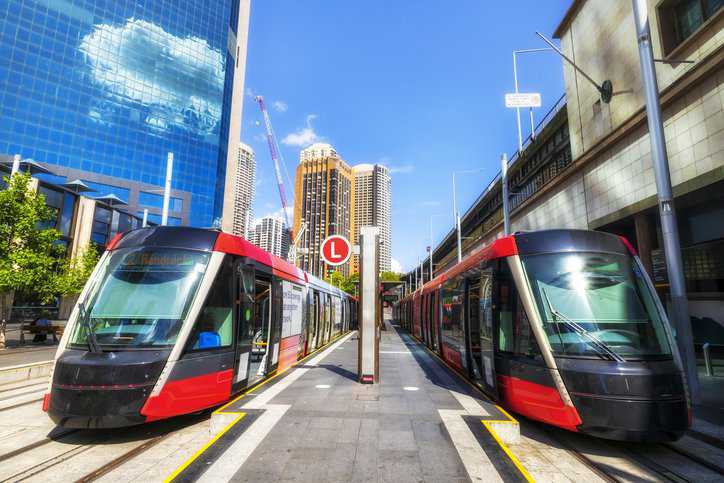ASME RT-1-2020: Light Rail Vehicles and Streetcars

Safety is a top priority for passenger trains. Safety includes designing vehicles to withstand collisions, assuring safe boarding and alighting, and sharing the road with other vehicles. ASME RT-1-2020: Safety Standard for Structural Requirements for Light Rail Vehicles and Streetcars covers safety specifications for the design of newly constructed light-rail vehicles and streetcars for transit passenger service. The standard defines how light rail vehicles should be designed to absorb energy in collisions and protect occupants.
Light Rail Vehicles vs. Streetcars
Light rail vehicles and streetcars are both types of mass transit that use rails and are powered electrically. The main difference between these rail systems is their operating characteristics. Light rail is a more rapid form of streetcar service designed to travel longer distances. As such, light rail is considered a larger scale system with more dedicated infrastructure (e.g., platforms, shelters, and fare collection systems) than a streetcar system. Moreover, ASME RT-1-2020 defines each type of rail system as follows:
- Light rail vehicle: Avehicle that operates on a light rail transit system and is not part of mainline railroads. Light rail vehicles are capable of boarding and discharging passengers at track/street level or elevated curbs and platforms. The light rail vehicle is a mode of rail transit characterized by its ability to operate on exclusive rights-of-way, shared street running, and through roadway grade crossings.
- Streetcar: A category of transit vehicle similar to a light rail vehicle that operates mainly at street level in road traffic, typically operating up to a maximum speed of 70 km/h (44 mph).

What Is ASME RT-1?
ASME RT-1-2020 provides measures for design of light rail vehicles and streetcars with the goal of reducing risks to street vehicles and pedestrians when involved in collisions.
ASME RT-1-2020 considers the design of rail carbody structures and crash energy management (CEM). The intent of CEM is to better manage the dissipation of the portion of the energy from a collision that can reasonably be expected to be absorbed by the deformation of the carbody. CEM design, when appropriately applied, may reduce risk of injuries to occupants of the light rail vehicle due to loss of survivable volume and due to secondary collisions of occupants with the car interior. ASME RT-1-2020 requires the incorporation of CEM principles in the design of light rail vehicles.
The goal of this standard is to reduce the risk of passenger injury and damage to equipment resulting from collision accidents.
Subjects Not Addressed by ASME RT-1
There are several design considerations related to safety that are not addressed in ASME RT-1-2020, such as the following:
- Structural repairs
- Fatigue
- Corrosion
- Fire protection
- Interior vehicle design
- Emergency egress from vehicle
- Inspection and maintenance
- Operator seat belt






